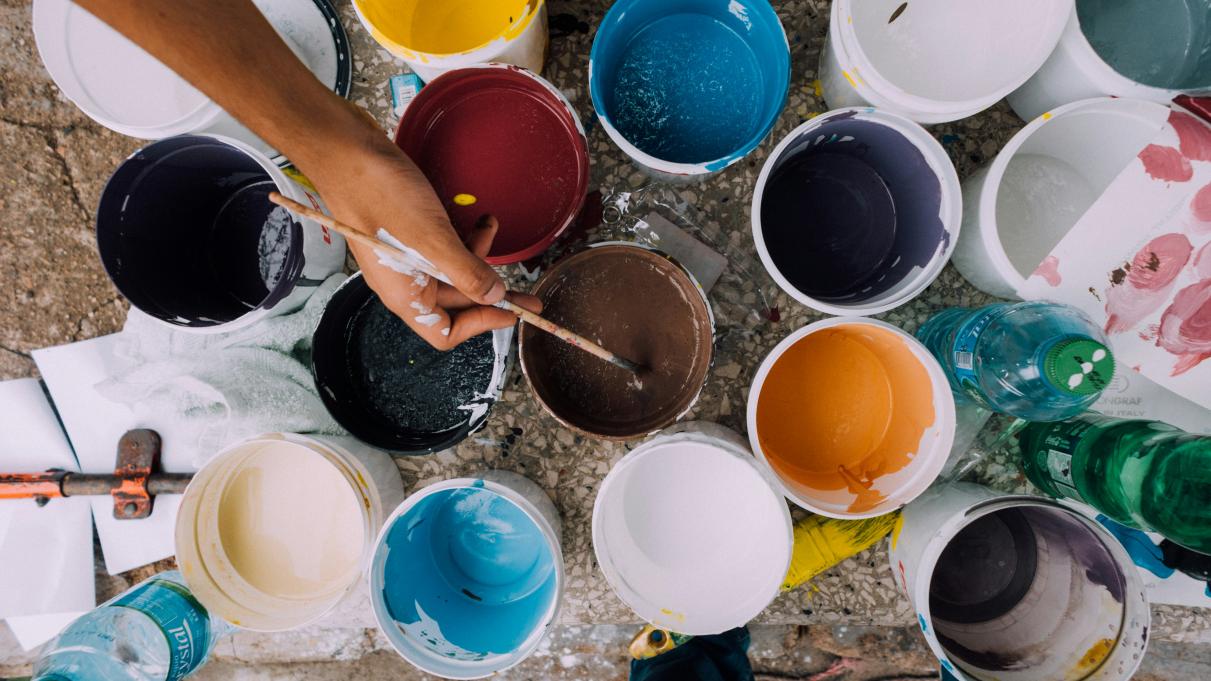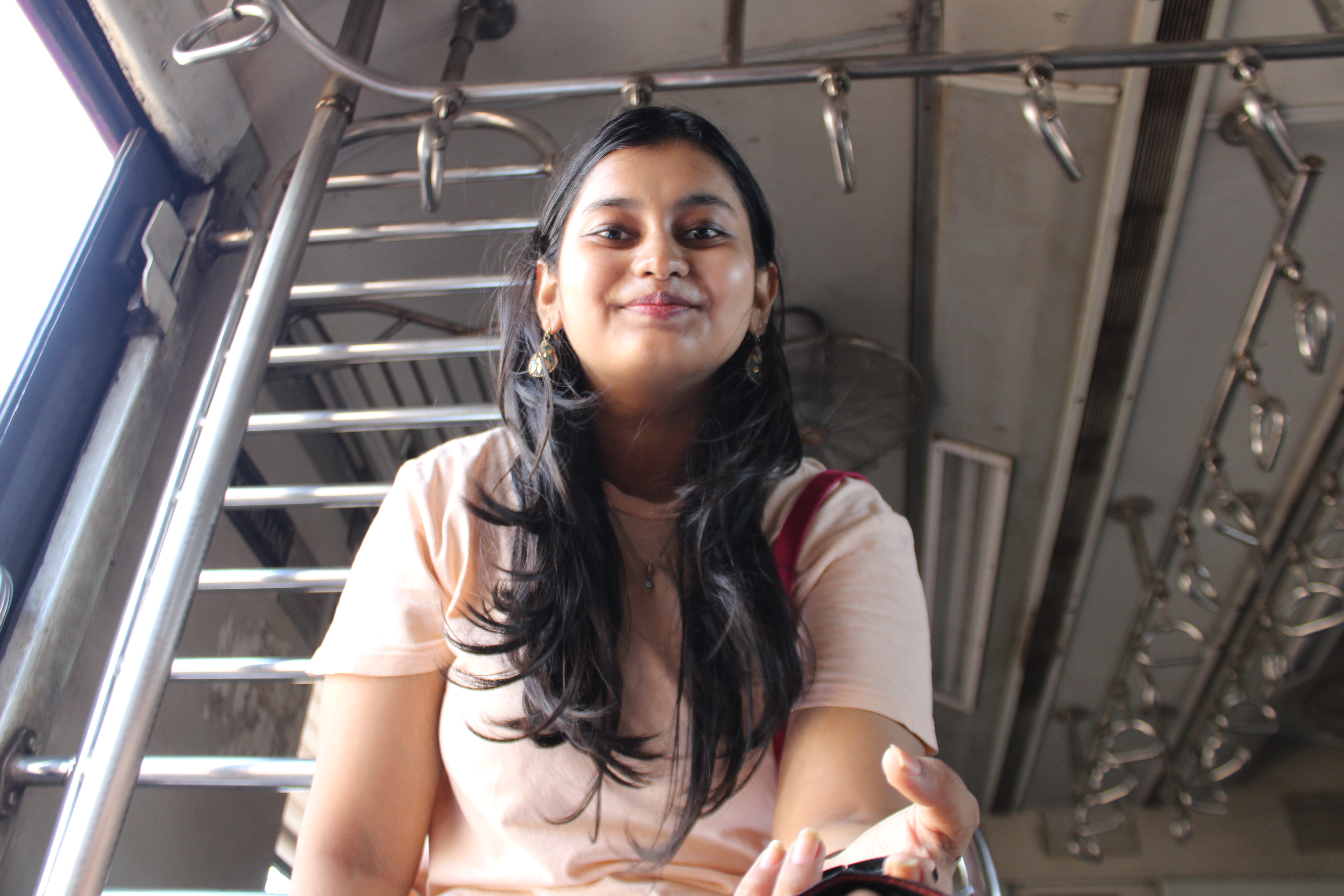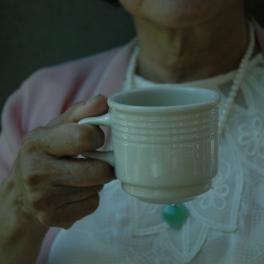
We've all seen it. Late nights spent pondering over the 5 Ws 1 H: What, why, when, where, who, and how. What do I do to get rid of my writer's block? Why can't I create the perfect portrait anymore? Where can I find the perfect set location for my shoot? Who is the right person to make music with? How do I make my films interesting?
We all struggle with it. We chase nuance and arcs and interest, we desire to make the perfect film with the perfect characters and the perfect set, and we cannot seem to get enough of the thrill of the new idea. But one day, the bright idea flickers out. The characters don't make sense anymore, the writing seems inadequate, the creativity leaves you, and you are back to square one.
Sounds like you? Sounds like me! The number of times I've begun writing a story to stop midway and just silently stare at the mirror. The slight 'What the DUCK!?' followed by the 'Why, o why, can I not seem to get my ideas together?' Bonus points if you hogged on cheese and wallowed in self-pity while you cussed yourself out.
Today, I'm going to take you through one of the two methods that seem to work for me. As an artist, there are two ways I can refine my ideas further. The first step, for me, is inspiration. I can choose to borrow from an original idea or piece, or I can pick up on a certain theme and fit it into the context of my story/character/conflict. My ideas are driven by inspiration. Photographs inspired by paintings, stories inspired by real-life conflicts, and films shot as homage to other films. Inspiration is good fuel for those who see it as a supplement to their own authentic/original work. When inspiration is at the core of art, it can sometimes lead the artist to 'copy' or mimic the original artist.
To take inspiration in an ethical way, make sure there are recognizable differences between what you are attempting to create and what has already been created. Instead of focusing on the visual or intellectual appeal, focus on your emotional connection with the subject. You are not attempting to recreate the visual work or the written work for face value, which is fairly superficial, but you are tying some personal or emotional value to the work adding a level of depth and much required dignity.
For example, I recently recreated the famous painting 'Venus of Urbino' for a photography contest. But instead of capturing my model nude, I chose to dress her in traditional Indian bridalwear to highlight the much-needed discussions around female sexuality in India, especially that of Indian housewives. Female sexuality is heavily criticized in India, where a large emphasis is placed on Puritan culture.
Here, the theme changes drastically to be Indo-centric rather than Euro-centric. It is relevant, it is original, and most important of all, it is personal. An added tip is to focus on the 'feel' of the work rather than the 'look' of it. It does not matter if your art comes out looking like a burnt stove with added grease. As long as you have been able to put something together, it is okay. You can always make it better tomorrow.
Read part 2 of my tips here!
Support Young Creators Like This One!
VoiceBox is a platform built to help young creators thrive. We believe that sharing thoughtful, high-quality content deserves pay even if your audience isn’t 100,000 strong.
But here's the thing: while you enjoy free content, our young contributors from all over the world are fairly compensated for their work. To keep this up, we need your help.
Will you join our community of supporters?
Your donation, no matter the size, makes a real difference. It allows us to:
- Compensate young creators for their work
- Maintain a safe, ad-free environment
- Continue providing high-quality, free content, including research reports and insights into youth issues
- Highlight youth voices and unique perspectives from cultures around the world
Your generosity fuels our mission! By supporting VoiceBox, you are directly supporting young people and showing that you value what they have to say.





